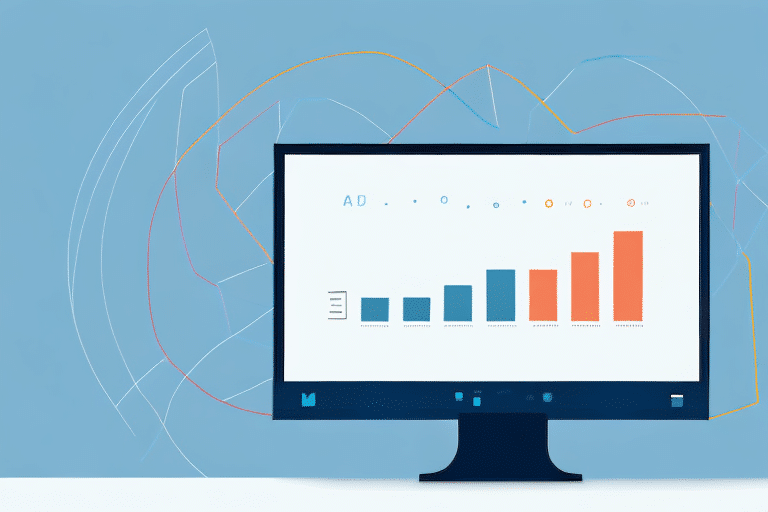Understanding Overhead Costs in E-Commerce
Overhead costs are essential expenses that support the operations of an e-commerce business but are not directly tied to the production or sale of goods. These costs play a crucial role in the overall financial health and profitability of your business.
Definition and Examples
Overhead costs include expenses such as:
- Rent or leasing of office and warehouse space
- Utilities like electricity and internet
- Insurance premiums
- Marketing and advertising expenses
- Software subscriptions and IT services
- Office supplies and equipment
Impact on Profitability
Understanding overhead costs is vital as they directly affect your profit margins. According to a Shopify report, managing overhead effectively can lead to a significant increase in profitability by reducing unnecessary expenses and optimizing resource allocation.
The Importance of Measuring Overhead Costs
Accurately measuring overhead costs is fundamental for the sustainable growth of your e-commerce business. It provides insights into where money is being spent and helps identify areas for potential savings.
Improving Profit Margins
By tracking overhead costs, businesses can pinpoint inefficiencies and implement strategies to reduce expenses, thereby enhancing profit margins. For instance, a study by Forbes highlights that businesses which actively manage their overheads see up to a 15% increase in profitability.
Accurate Financial Projections
Measuring overhead costs allows for more precise financial forecasting and budgeting. Accurate projections are essential for planning future growth, securing investments, and making informed business decisions.
Regulatory Compliance and Reporting
Maintaining detailed records of overhead costs ensures compliance with financial reporting standards and facilitates smoother audits. This transparency is crucial for building trust with stakeholders and potential investors.
Identifying and Controlling Overhead Costs
Effectively managing overhead costs involves identifying all potential expenses and implementing control measures to keep them in check.
Common Overhead Costs in E-Commerce
- Rent and Utilities: Costs associated with physical space and essential services.
- Employee Salaries and Benefits: Compensation for non-production staff.
- Marketing and Advertising: Expenses related to promoting your business.
- Software and IT Services: Subscriptions and services that support business operations.
Strategies to Control Overhead
- Negotiate with Suppliers: Seek better rates or bulk discounts to reduce costs.
- Outsource Non-Essential Tasks: Hiring freelancers or third-party services for tasks like customer support.
- Implement Energy-Efficient Practices: Use energy-saving equipment to lower utility bills.
- Adopt Cost-Effective Software: Switch to affordable or open-source software alternatives.
Calculating Overhead Costs in E-Commerce
Accurately calculating overhead costs is essential for maintaining financial health and making informed business decisions.
Step-by-Step Guide
- Gather all financial records, including receipts, invoices, and bank statements.
- Categorize expenses into direct costs (e.g., cost of goods sold) and overhead costs.
- Sum all overhead expenses for a specific period (monthly, quarterly, annually).
- Calculate the overhead cost percentage by dividing total overhead by total revenue and multiplying by 100.
- Analyze the results to identify trends and areas for improvement.
Using Data and Technology
Leveraging accounting software like QuickBooks or Xero can simplify the process of tracking and calculating overhead costs. These tools provide real-time insights and generate detailed financial reports.
Best Practices for Managing Overhead Costs
Implementing best practices can help e-commerce businesses effectively manage their overhead costs and improve overall efficiency.
Regular Review and Optimization
Consistently reviewing overhead expenses allows businesses to identify and eliminate unnecessary costs. Scheduling monthly or quarterly reviews can help maintain financial discipline.
Implementing Efficient Processes
Streamlining operations through automation and process optimization can reduce the need for manual labor and lower overhead costs. For example, automated inventory management systems can minimize errors and save time.
Investing in Technology
Adopting the right technology can enhance productivity and reduce long-term costs. Tools like Shopify and WooCommerce offer integrated solutions that simplify various aspects of e-commerce operations.
Real-Life Examples and Future Projections
Examining successful case studies and future trends can provide valuable insights into effective overhead cost management.
Successful Cost Management Strategies
Companies like Amazon have achieved significant cost reductions by investing in automation and optimizing their supply chain processes. Similarly, Etsy has outsourced certain operations to lower-cost regions, resulting in substantial overhead savings.
Forecasting for Future Growth
Forecasting tools and predictive analytics can help businesses anticipate future expenses and adjust their strategies accordingly. According to a Harvard Business Review article, companies that leverage forecasting technologies are better positioned to navigate economic fluctuations and sustain growth.
Conclusion
Managing overhead costs is a critical aspect of running a successful e-commerce business. By understanding, measuring, and controlling these expenses, businesses can enhance their profitability and ensure long-term sustainability. Implementing best practices, leveraging technology, and learning from successful companies are key steps towards effective overhead cost management.






















